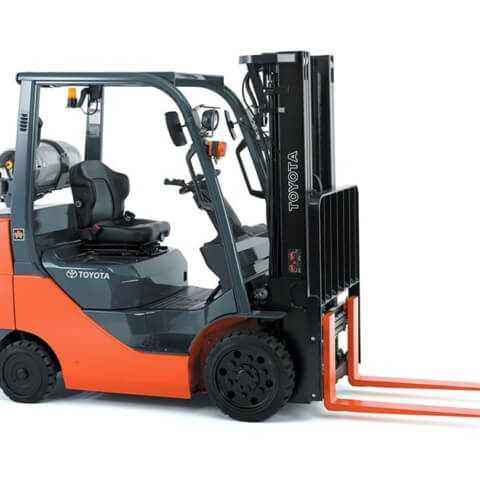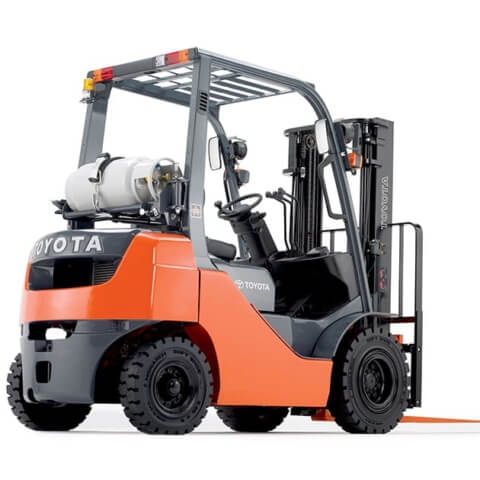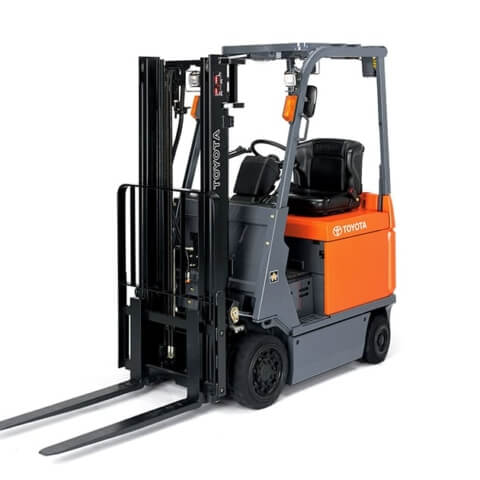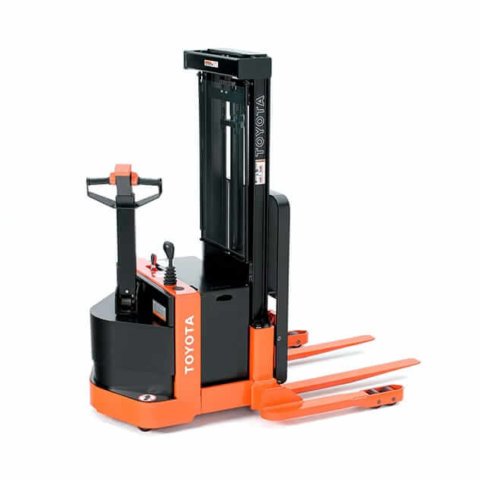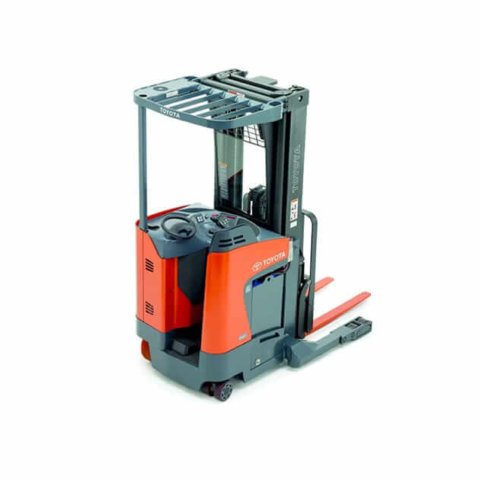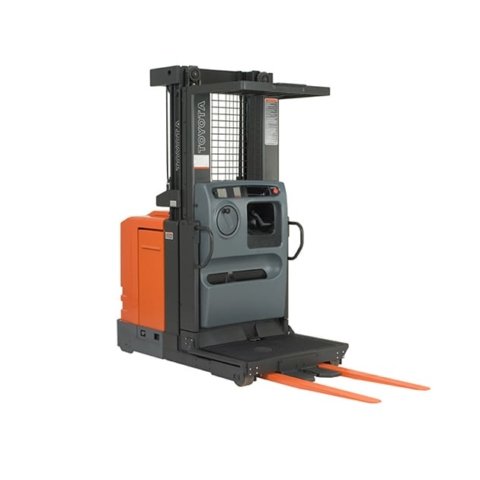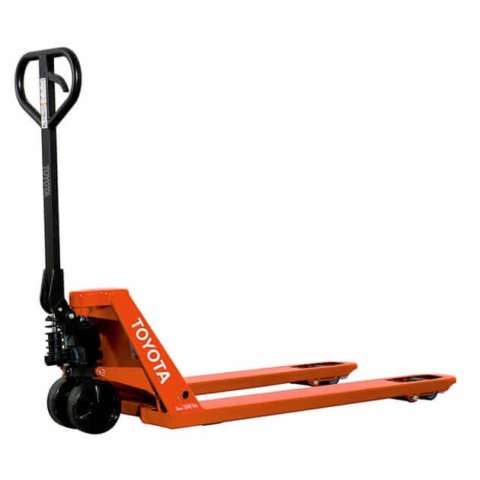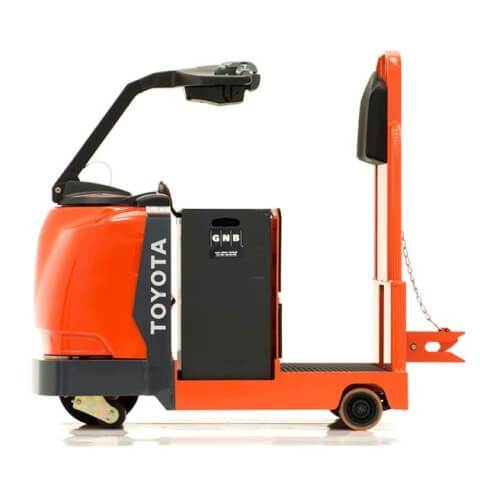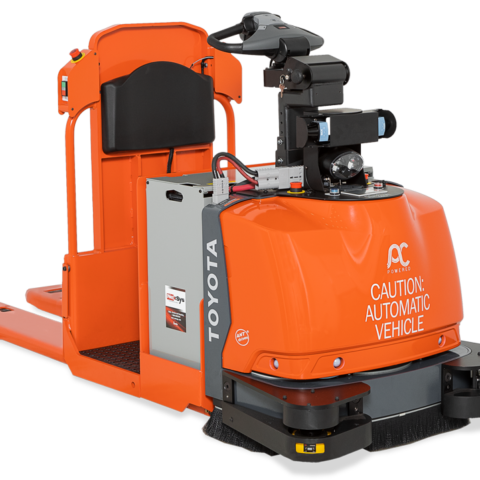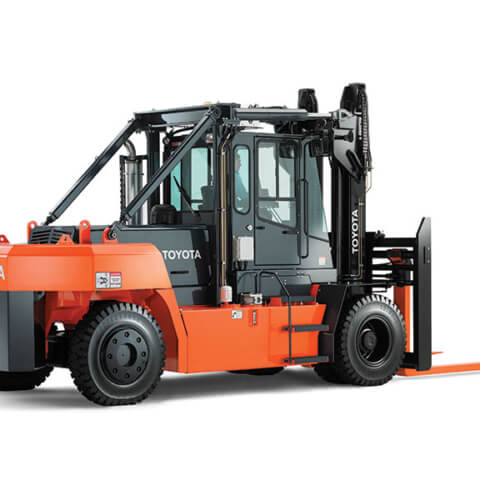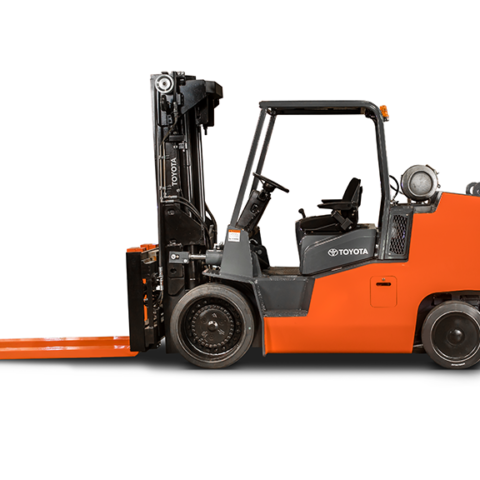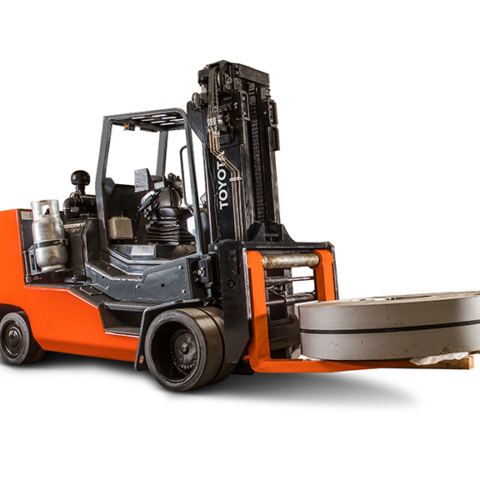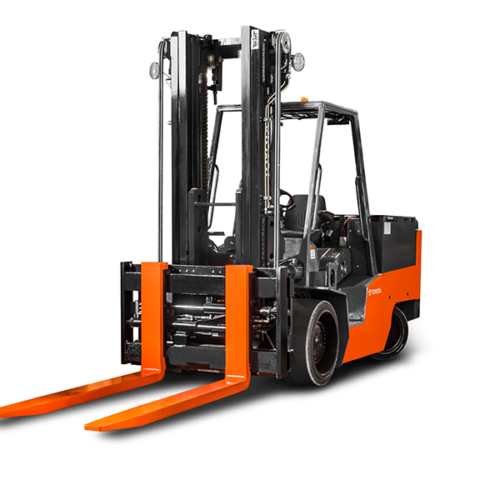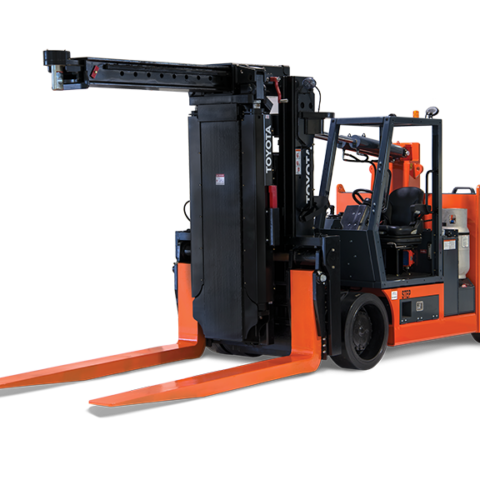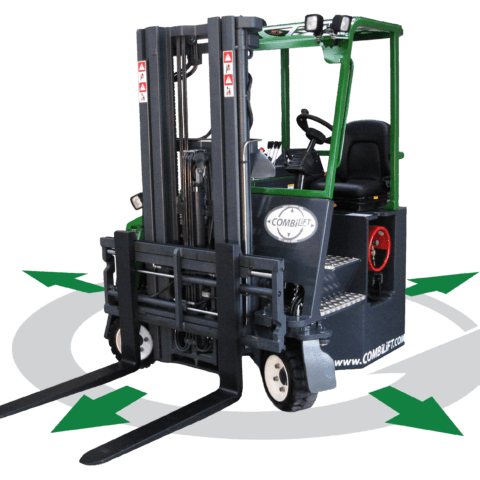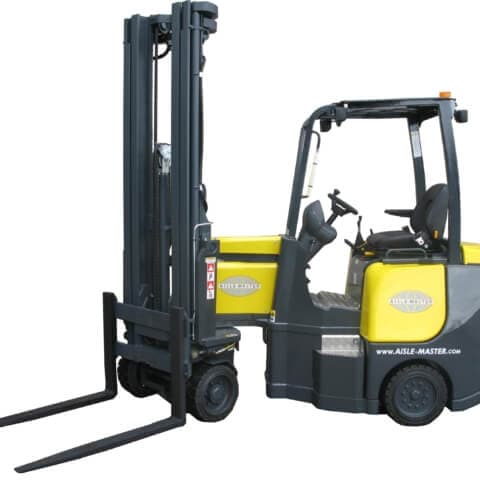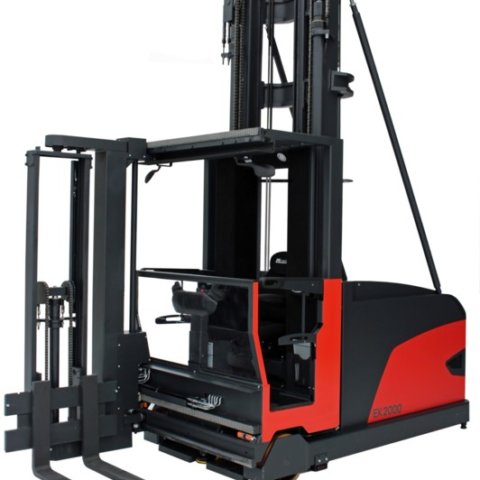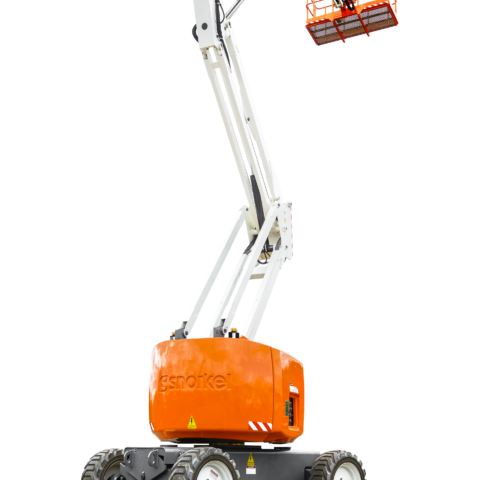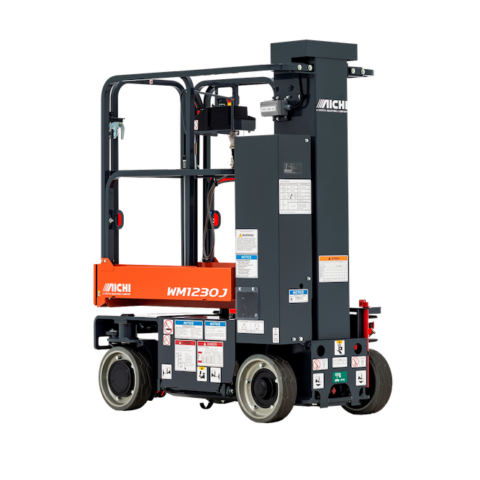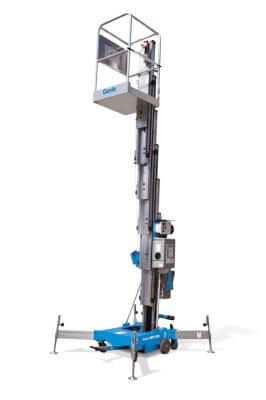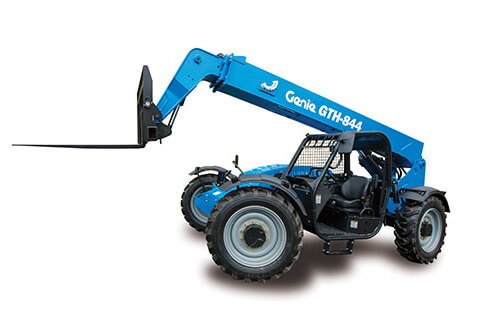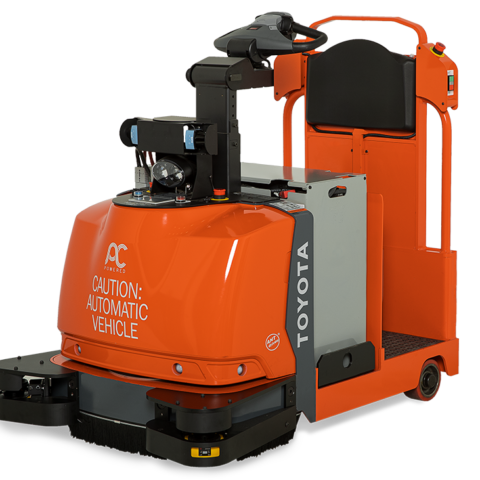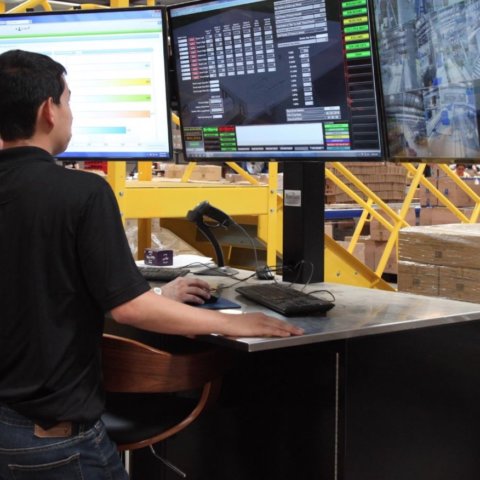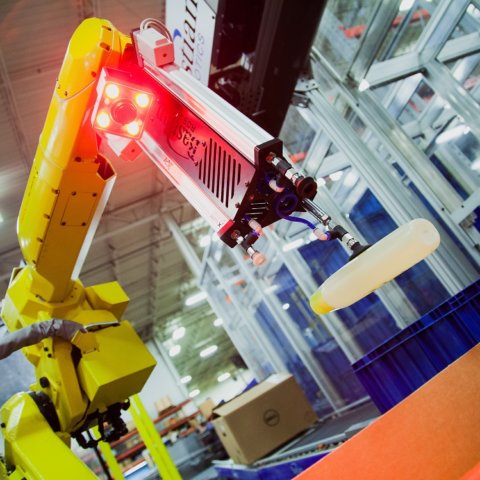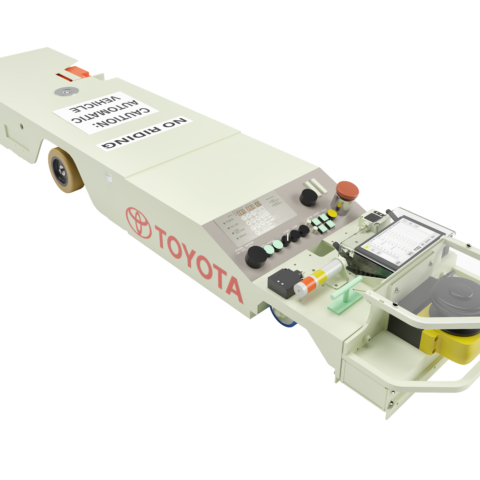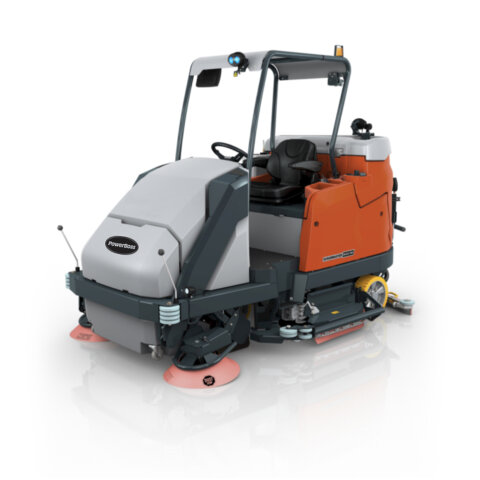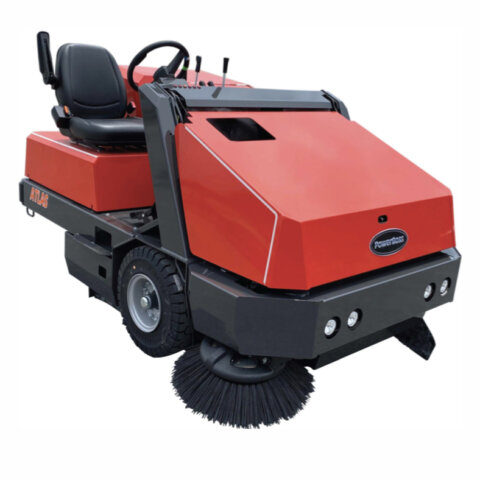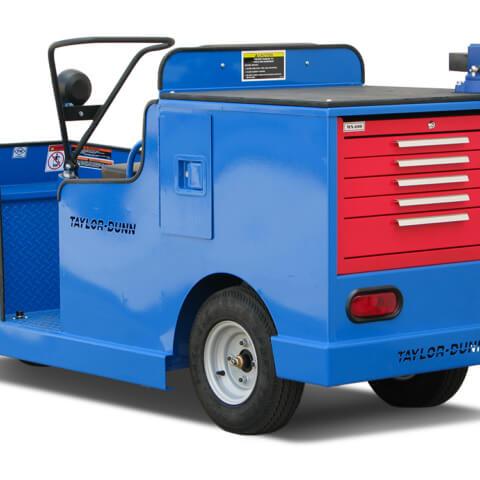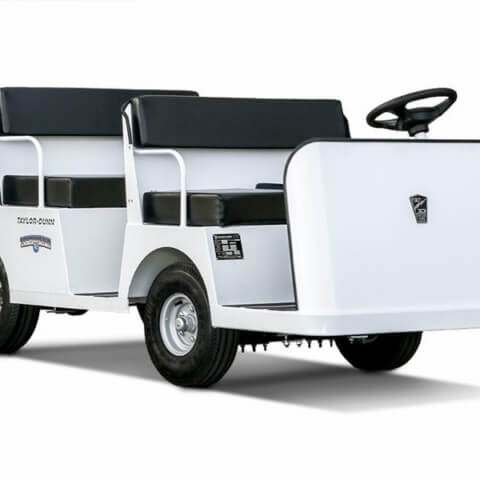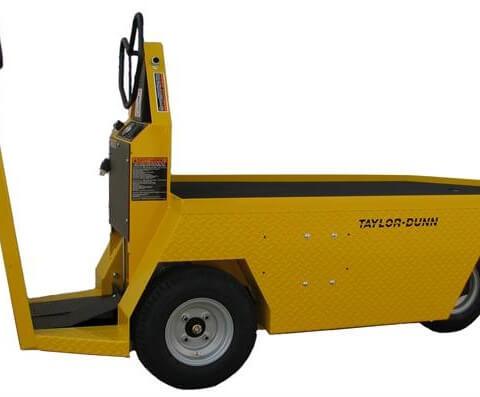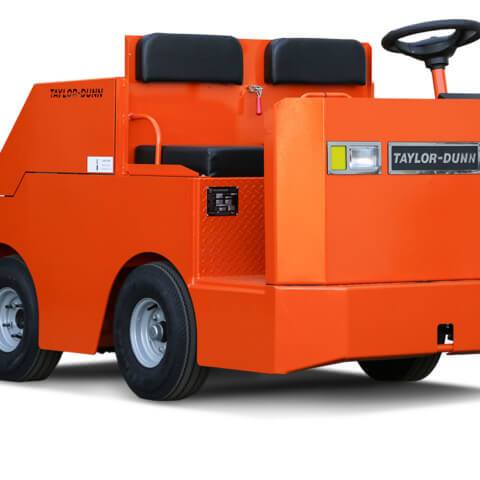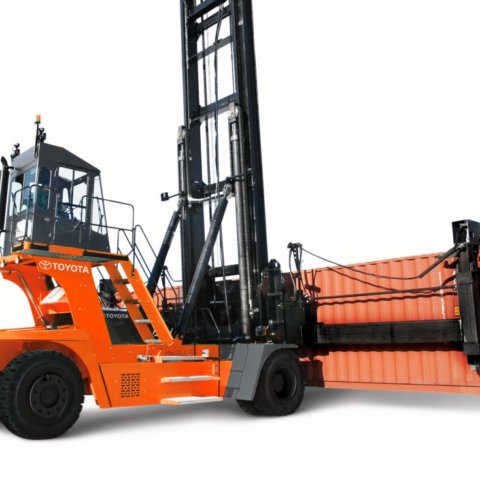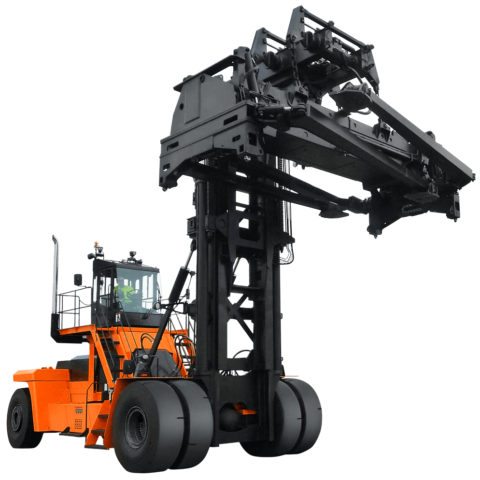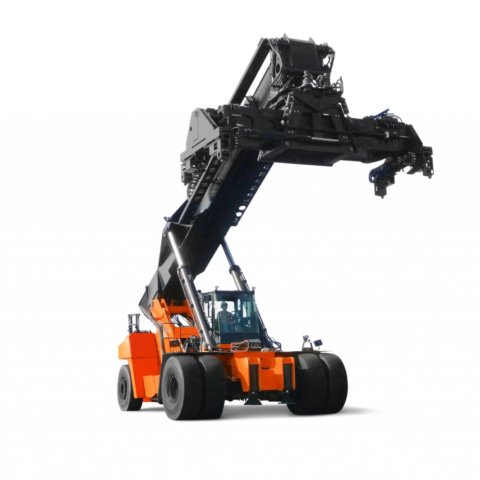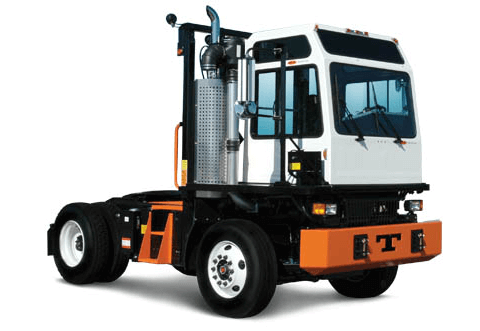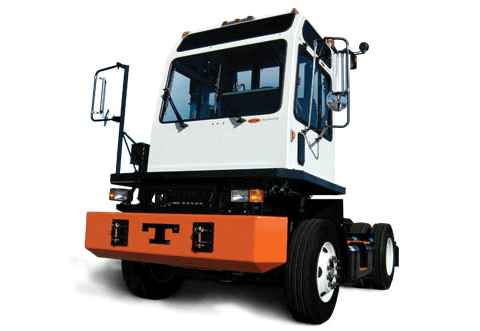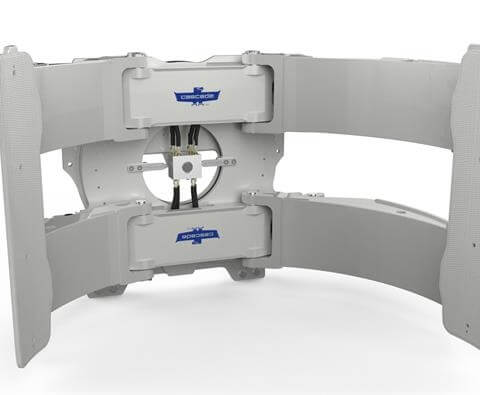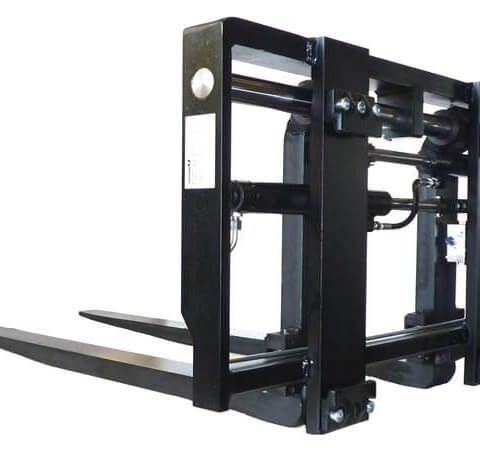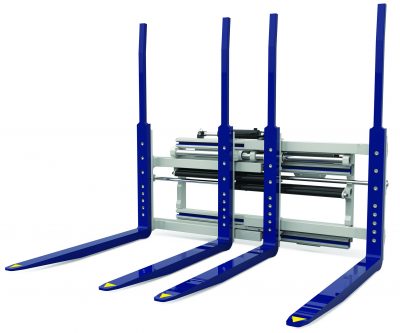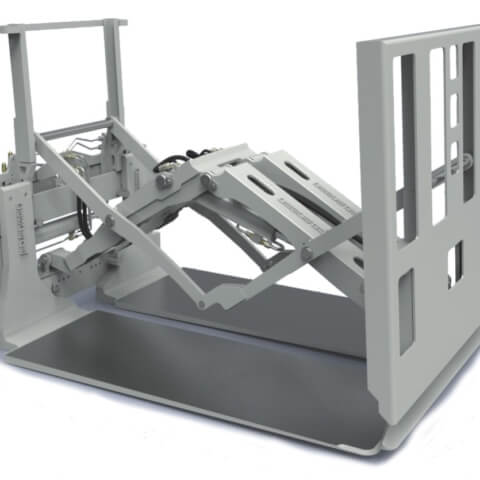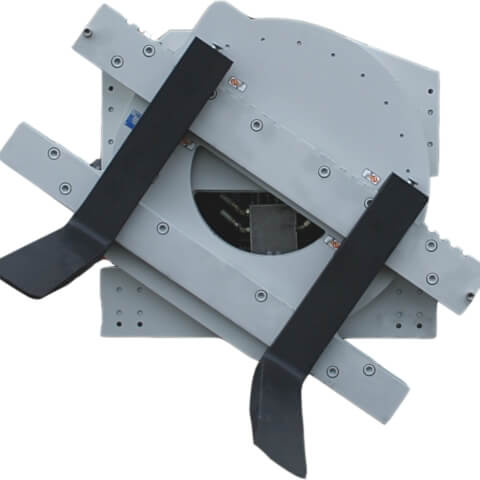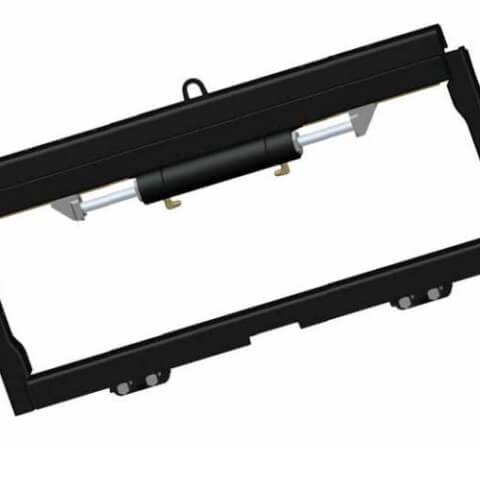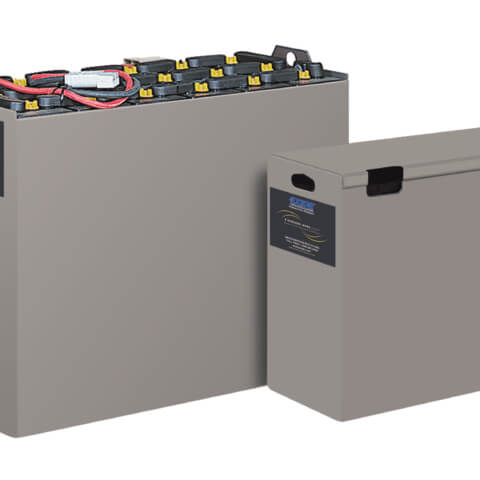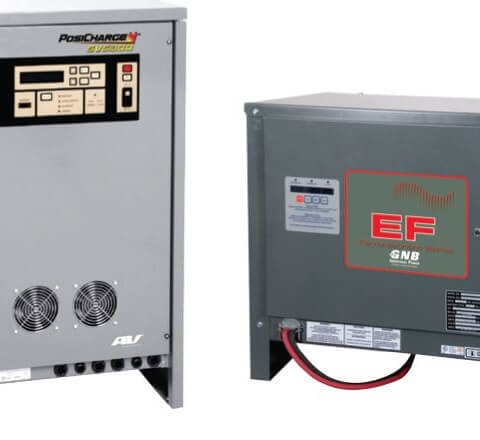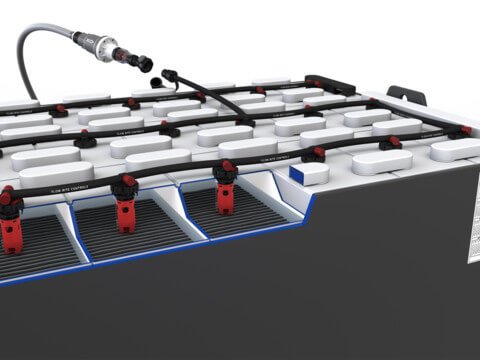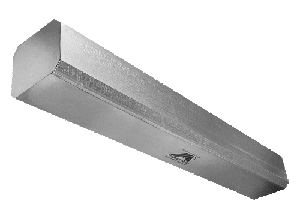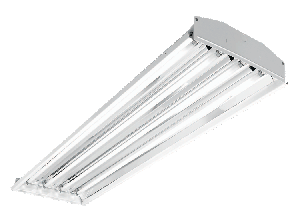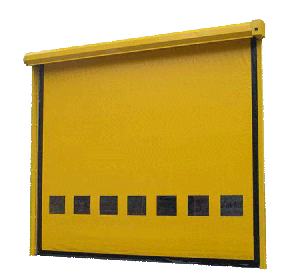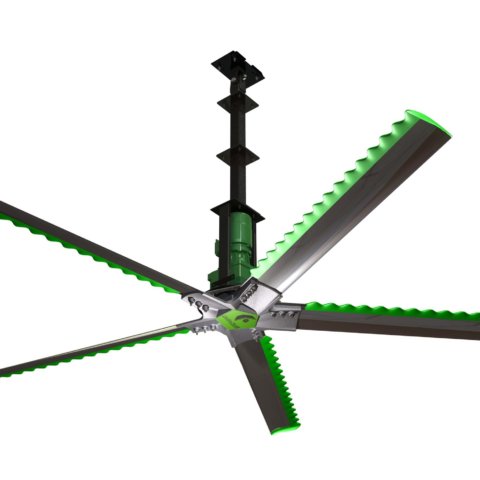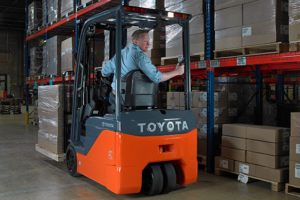
The basic principle behind electric motor operation is the rule of magnetism. Opposite poles attract and like poles repel.
What Is an Electric Forklift Motor?
An electric forklift motor is a device that converts electro-chemical energy, provided by an industrial battery, into mechanical energy. An electric forklift motor must provide motion for the unit – forward, reverse, up and down – as well as power other items such as hydraulic pumps and electrical components.
Understanding Electric Motor Parts: The Rule of Magnetism
The basic principle behind electric forklift motor operation is the rule of magnetism. Opposite poles attract and like poles repel.
Picture a bar magnet mounted on a shaft so that it can rotate its north and south poles. If you point another magnet with like poles at the shaft mounted magnet, it will move away and the opposite pole will move toward the pointing magnet.
If you reverse the magnet on the shaft, it will be driven away again. This is the method of an electric forklift motor; however, an electric forklift motor uses a magnetic field produced by electrical current found in an industrial battery. When wire is wrapped around a core of iron, it produces a magnetic field and behaves the same way as an ordinary magnet. This is the design principle behind an electric forklift motor.
The Forklift Mechanism & Electric Motor Operation
- The field coil/stator acts as the magnet in your hand. Current runs into the wire in a single direction which determines this part has fixed north and south poles with the capability to repel opposite poles.
- The commutator/armature is the shaft-mounted magnet. Like the stator, it has a magnetic field formed when current is introduced to the wire wrapping. Since it can rotate it will move to try to match unlike poles to that of the stator.
- The brushes provide the reversing action similar to the action of turning the magnet on the shaft. The action of that reversal forced the rotating magnet away again as it attempted to realign unlike poles to those of the stator. The commutator reverses the polarity of the rotor continuously so that it will always act as an opposite pole to the fixed stator poles.
These actions produce smooth, yet powerful and efficient, mechanical energy or revolutions per minute (RPM). In a forklift, the motor is connected directly to the drive axle – there is no transmission or drive shaft. Thus the splined, or grooved, end of the armature drives the gear in the axle, governing speed and power according to current introduced from the accelerator circuit of the electrical system.
Some electric forklift motors are able to accept either 36- or 48-volt batteries. A 36-volt battery is capable of handling most jobs; however, when faster travel and lift speeds are necessary, or when a forklift must handle longer work shifts, a 48-volt battery can be connected to the same motor.
Solid State Controls for Motorized Forklift Operation
The motor of the electric forklift is part of the electrical system that is controlled by a Silicon Controlled Rectifier (SCR Control) or Transistor Control. The control is the “brain” of an electric forklift and governs several functions:
- Controls the amount of current delivered from the battery to the drive motors through the accelerator circuits.
- Optional solid state controls are available to control current to the hydraulic pump circuits for power steering and/or lift, tilt and auxiliary operations.
Most solid state controls today have diagnostic capabilities that allow the control to display a fault code if a problem occurs. In addition, they can be custom programmed by technicians to allow alterations of the forklift’s performance for operator convenience.
Have questions about your electric forklift motor? Contact ProLift for service and parts support!
Contact ProLift
